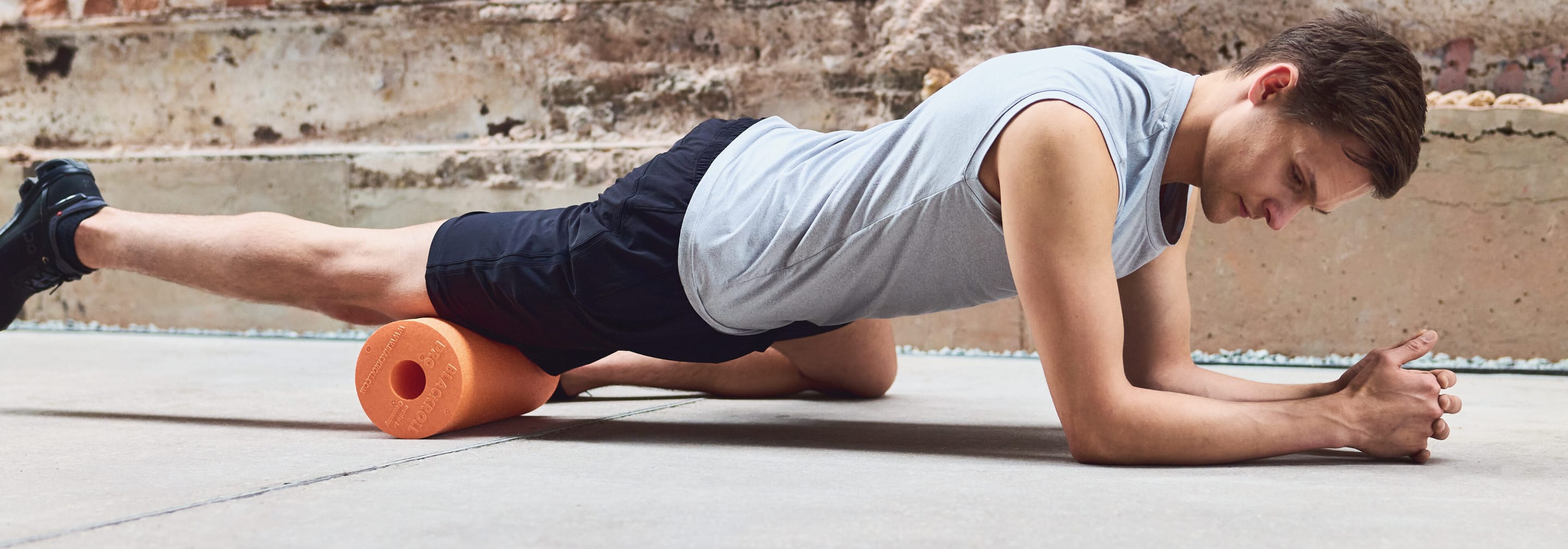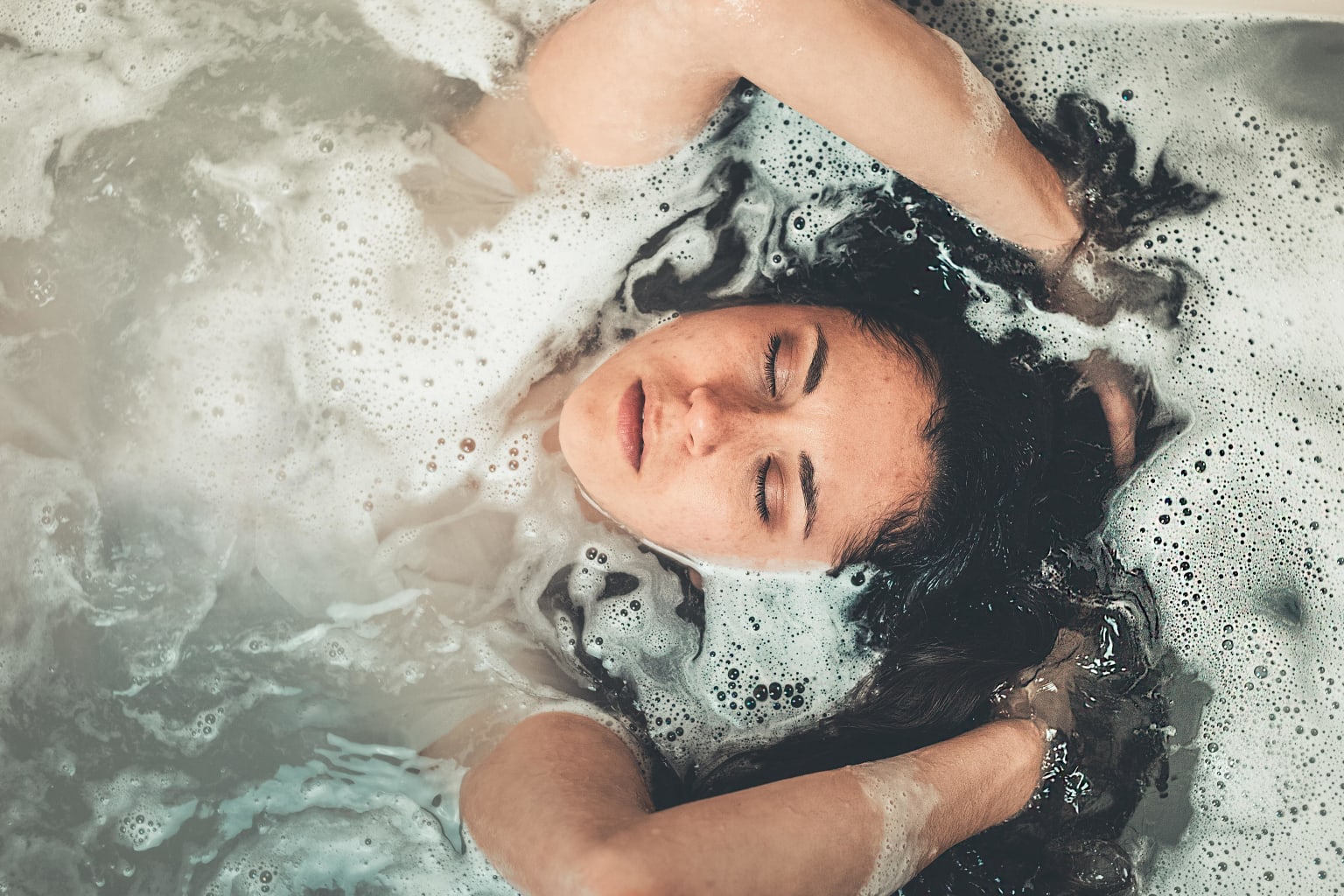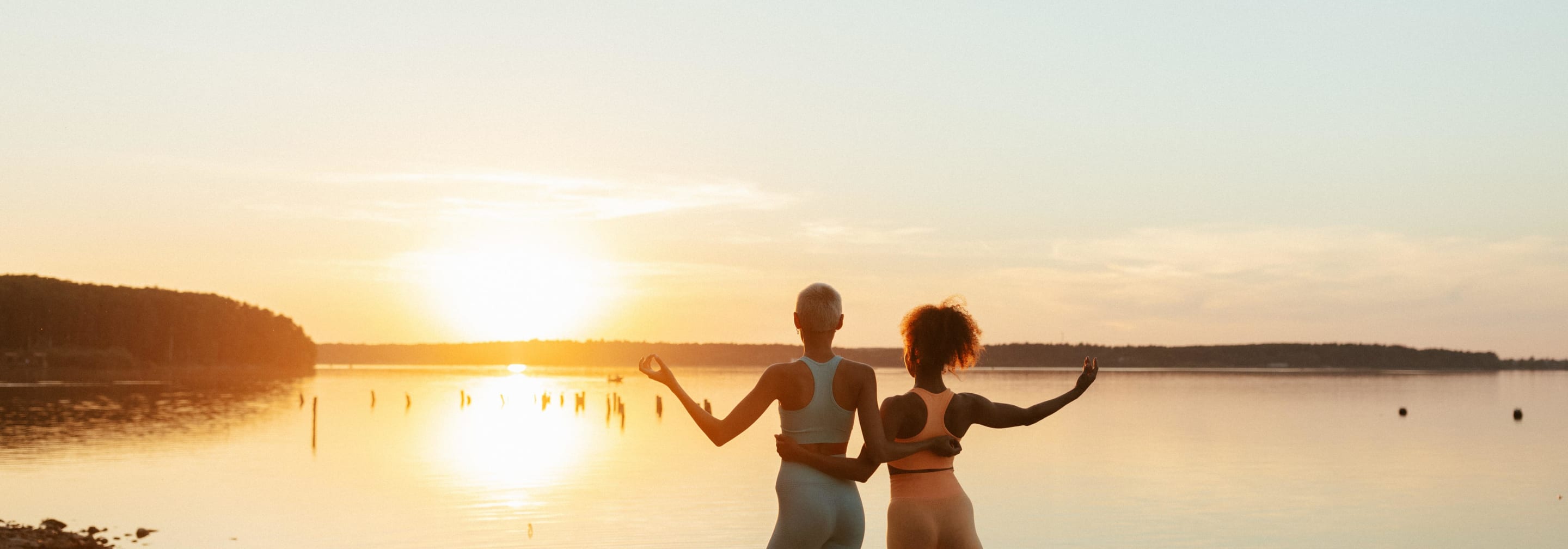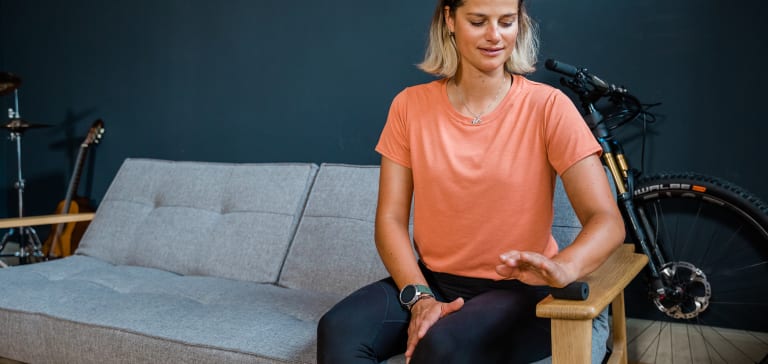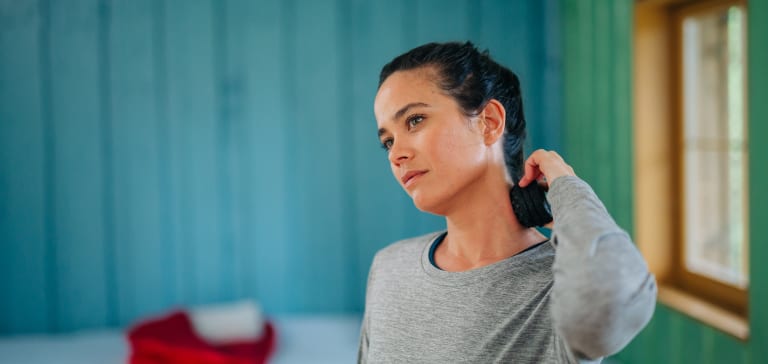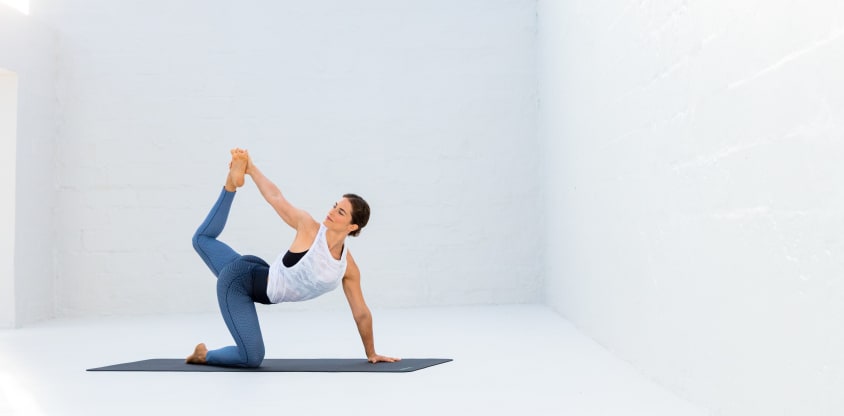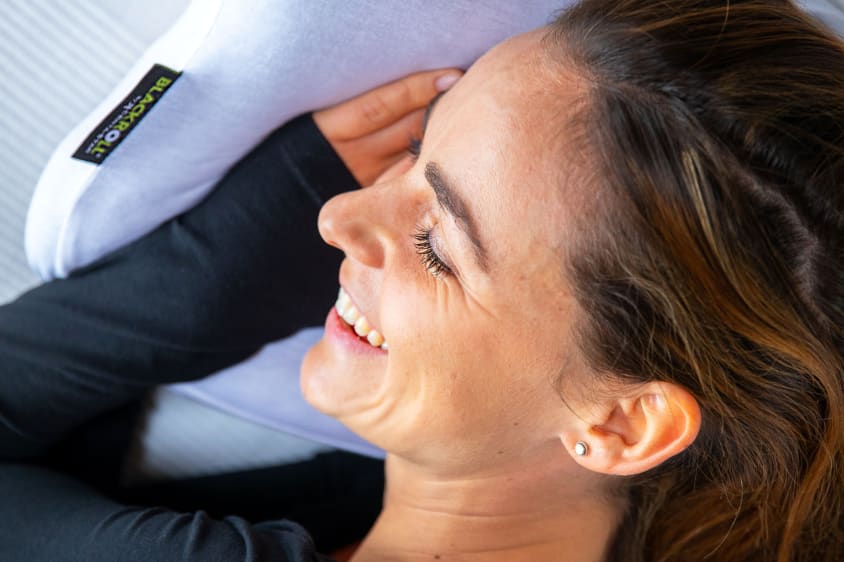
Regeneration & sport simply belong together

Why you should pay more attention to regeneration after sport.
How much time do you invest in training per week? And how much time for regeneration? Note, this does not refer to training-free time. While you will, for the most part, have a relatively clear answer to the first question, your answer regarding targeted recovery will tend to be somewhat vague - right? You will of course now say: every minute that I am not running, cycling, lifting weights or training contributes to regeneration after sport. However, this isn't altogether true. It goes without saying that you do not challenge your muscles and your circulatory system the same in everyday life as you do during sport, however, you cannot really rest, for example when working or driving your car. This is because entirely different bodily functions and senses are required; you also have to be attentive and able.

What does regeneration mean in a sporting context?
Regeneration in sport is the sum of all of the processes that take place in the body in conjunction with stress. This includes active and passive processes. Whereas passive relaxation takes place primarily in our sleep, active relaxation offers a host of opportunities by which we can recover quickly. The aim of active relaxation is to shut down muscle toning, to improve the circulation, and accelerate the breakdown and replacement of damaged tissue and metabolic waste products. Our body is continually engaged in the quick restoration of its previous environment, such as its pH value once altered as a result of sport.
The shared goal of both active and passive regeneration is therefore the restoration of physiological balance – so-called homeostasis – and an increase in performance in conjunction with a training stimulus, which in the scientific community is referred to as supercompensation.
These processes within the body include:
- Replenishment of the energy stores with glycogen
- Replenishment of spent minerals and the body's water
- Regulation of the pH value
- Regulation of muscle tension
- Regulation of body temperature
- Inflammation regulation
- The distribution of sexual hormones and growth hormones, so that you can not only return to your previous performance level, but even become better or more robust over time.
- Psychological and/or mental relaxation
- Motor and cognitive improvements
Mitochondrial regeneration
The cells' power plants not only play a central role in maintaining our energy balance and physical capacity from day to day, they don't stop working even through the night. As soon as we slip off into the land of nod, the mitochondria in the nerve cells in our brains continue at full speed in order to filter metabolic intermediate and end products produced in deep sleep out of the brain, via the lymphatic system.
Mitochondria in the muscle cells are destroyed on a daily basi, through training or physical exertion. And only if we get sufficient relaxation time, both in terms of quality and quantity, will our cells be capable of forming new mitochondria.
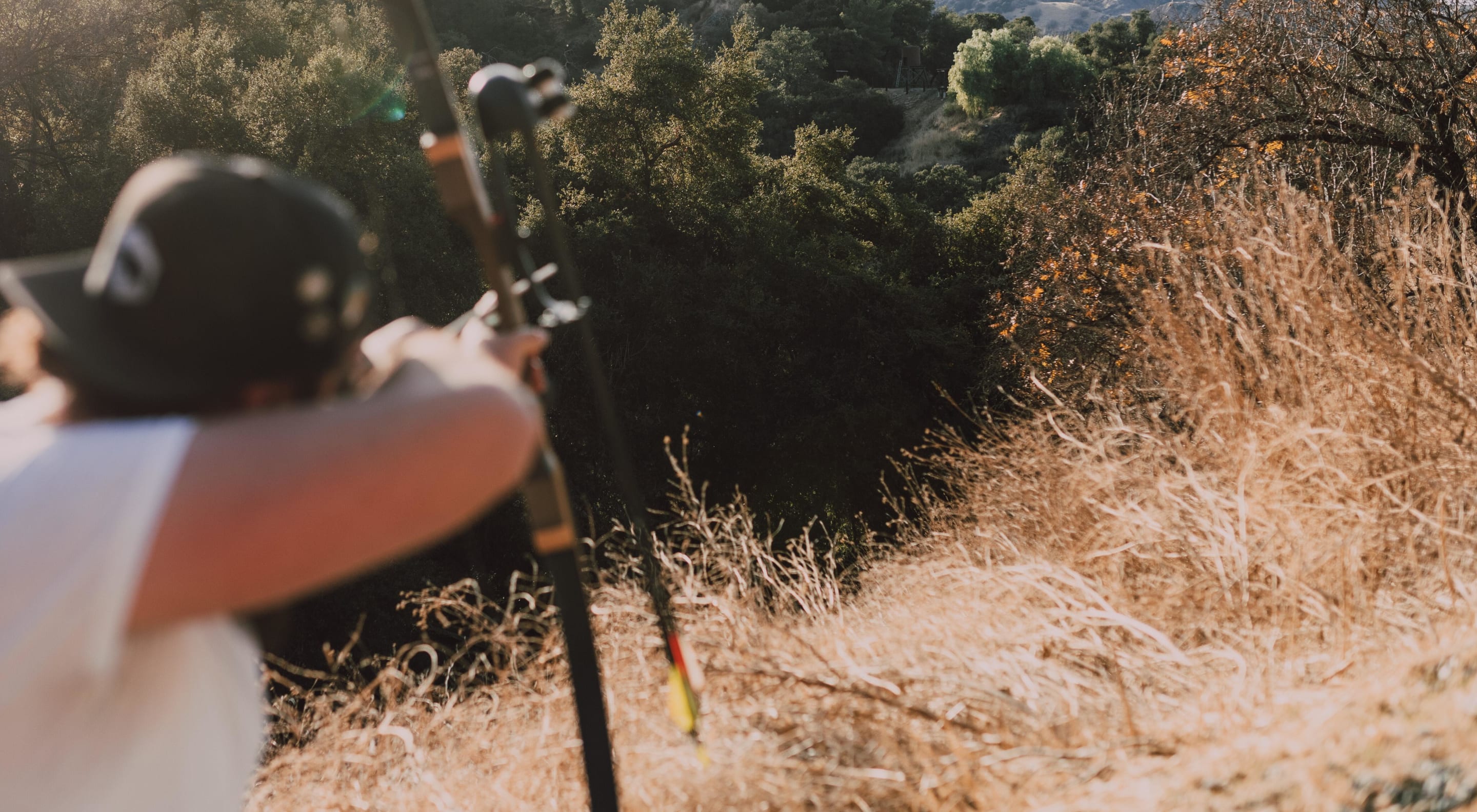
Without regeneration after sport there is no increased performance
Something that, amidst all of the enthusiasm for sport, is often forgotten: all sporting exertion requires an appropriate level of recovery, sop that the body actually has a chance to improve and achieve a higher performance level. If we do not allow the body sufficient time for restoration and repair, and recover poorly after sport, it can easily come about that we do not achieve an increase in performance capacity, and in the worst case you can even suffer a downward spiral in terms of performance, ultimately resulting in chronic exhaustion, burn-out and injury.
The body then has no chance of sufficiently meeting the requirements imposed on it. Therefore, cleverly timed relaxation periods are just as important as training and the stimulus itself that training provides. During regeneration phases, the body must adequately equip itself for subsequent exertion.
If the breaks are too short or if if a very high level of exertion takes place on too regular a basis, you will already be exhausted when starting the next training session and your training capacity will plummet from one session to the next.
A balance between efficient, performance-enhancing training and sufficient regeneration should be your objective. If this balance between regeneration and exercise is non-existent, you will either fail to improve at all, because the stimulus was too weak, or the (rest) break was too long, or you may even run the risk of over-exerting yourself.

For how long should I recover after training?
The regeneration time after sport depends very much on your level of fitness or health, and of course also on the level of physical and psychological stress during the day. Elite athletes are capable of completing several training sessions per day, and still starting the day well rested the next morning. In contrast to this, people who are not so fit require up to 72 hours to get over a 1 or 2-hour training session. Regeneration after training therefore takes longer the less used you are to it.
The more intensively you have worked or trained, the more attentive you should be and the longer you should spend in active recovery. And this begins with a gentle warm-down after you finish training. The combination of a warm-down and myofascial self-massage requires around 12-13 mins.
One of the simplest ways to study your ability to regenerative capacity, i.e. how quickly you recover after exertion, is to observe the heart rate recovery. Heart rate recovery is a 2-minute heart rate measurement, which is performed immediately after strenuous, intense activity (the heart rate during the exercise must have reached an age-dependent threshold value).
Heart rate recovery can be consulted as an indication of your fitness level and resilience:
| 68 and above: | excellent |
| 58 to 67 | very good |
| 49 to 57 | good |
| 24 to 48 | okay |
| 23 or less | keep working on it |

How to recover after sport?
At the end of a very intense training session, or after competing, it is now common in elite sport that the athletes spend another few minutes winding down after exertion, or perform a warm down on a bicycle ergometer, with varying resistance, for 5-10 minutes, in order to increase the circulation to the exercised muscles once more. The benefit is instantly apparent. The light exertion redistributes the accumulated lactates and acids, without causing further cell damage.
Below we suggest some possibilities for active regeneration after sport. These methods will not only allow you to regenerate better after sport, but will also ensure a fast regeneration.
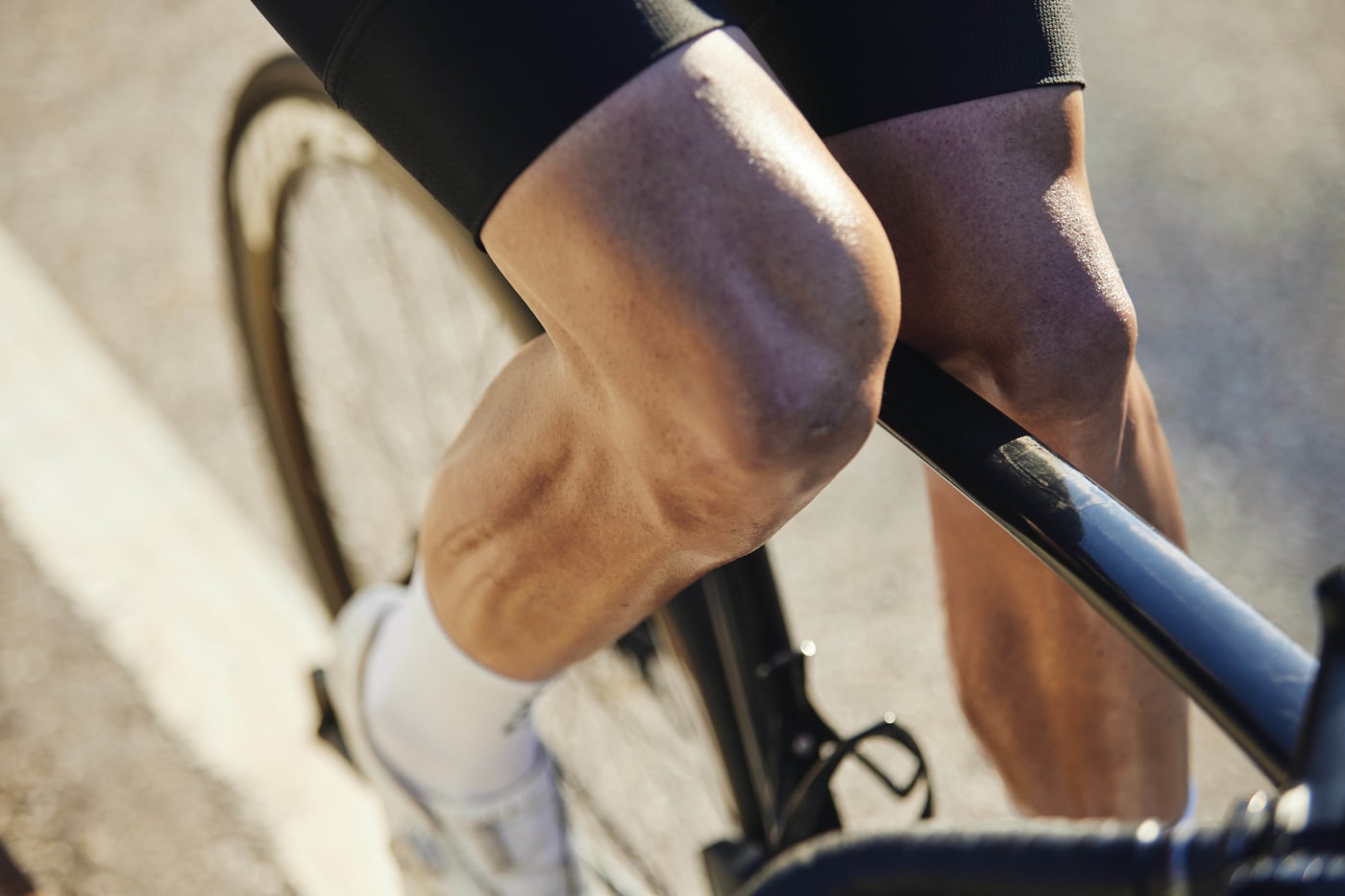
Warm down rather than cool down
Flush Ride (to break down accumulated lactate more quickly) on the spinning bike:
Time: 9 mins
- 3 mins "hard" at a high wattage (300-400 W with a low pedalling frequency of 30-50 rpm)
- 2 mins "easy spin" (approx. 120-150 W with a high pedalling frequency of 90+ rpm)
2 mins at a high wattage (300-400 W with a low pedalling frequency of 30-50 rpm) - 2 mins "easy spin" (approx. 120-150 W with a high pedalling frequency of 90+ rpm)
Advantages of an active warm-down
- Begin the regeneration process more quickly
- Removal of metabolic end products
- Faster recovery from training stress
- Reduction of muscle tone
- Preparation of the central nervous system for relaxation
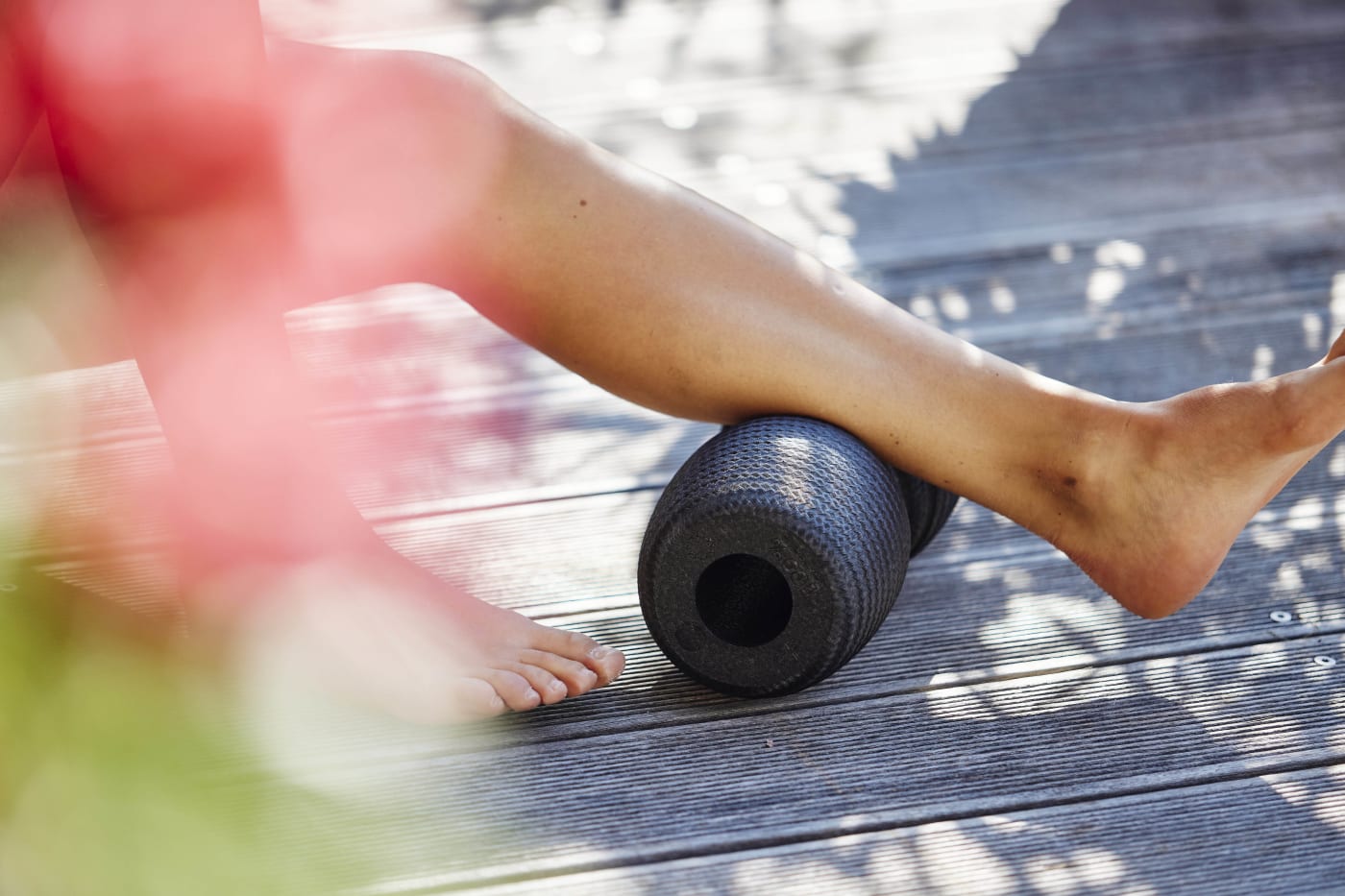
Active recovery with the foam roller
Immediately after the warm down, we recommend myofascial self-massage in order to reduce the muscle tone of the muscles that have been worked the hardest. With so-called foam rolling, you can reduce your regeneration time after training or competing, and even improve your mobility. This special roller treatment works on the basis of the combination of pressure and movement. Rolling not only reduces muscle tone, but the muscles and fasciae are pushed against each other and thus made supple. For this reason, this type of massage is also referred to as myofascial self-massage (myo referring to muscle, and fascial, of course, the fasciae). As a result, adhesions and hardenings of the muscles, tendons, and fasciae can be relieved. It also promotes the circulation. By slowing rolling over these points, so-called trigger points - when performing fascia training e.g. with the BLACKROLL® BALL 08 , you can penetrate deeper into the tissue and can relieve adhesions.
With self-massage, for example with a foam roller, not only can you shorten and improve your regeneration time after training, but you can also increase your mobility. This special roller treatment works on the basis of the combination of pressure and movement. Rolling not only reduces muscle tone, but the muscles and fasciae are pushed against each other and thus made supple. For this reason, this type of massage is also referred to as myofascial massage (myo referring to muscle, and fascial, of course, the fasciae). As a result, adhesions and hardenings of the muscles, tendons, and fasciae can be relieved. It also promotes the circulation. By slowing rolling over these points, so-called trigger points - when performing fascia training with the BLACKROLL you penetrate deeper into the tissue and can relieve adhesions.

Alternating hot and cold showers
Because, for most people, an ice bucket or cryotherapy is not practical, we want to limit ourselves to alternating hot and cold showers.
The controlled mixing of warm and cold ensures fast regeneration, as it facilitates the eradication of waste products from the muscles. The cold draws the blood out of the muscles, which have just been working, and lactic acid is removed more effectively. In warm water the capillaries open, and oxygen-rich blood can flow back into the muscle.
Recommendation
- Temperature of the hot bath: 35 to 40°C
- Temperature of the cold bath: 10 to 15°C
- Under the shower or in the bathtub: one to two minutes under hot water, thirty to sicty seconds under cold water (repeat three to four times)

Power-Naps
It has now been scientifically proven that sleep breaks - in addition to your main sleep at night - can positively influence performance capacity in human beings. However, the main question is this: how long should a sleep break last with a view to achieving maximum performance? Details stated in the media in this regard, but also those found in scientific literature, are highly contradictory. However, two variants are now recommended
1st variant: a short nap of no more than 15 minutes - measured from the time you fall asleep.
2nd variant: you sleep for around two to two-and-a-half hours. It is then highly probable that you will have completed a full sleep cycle consisting of light sleep, deep sleep, and REM sleep. In this case, performance improvements are likely for up to six hours.

Regeneration breathing technique
- Touch your gum with the tip of your tongue, directly behind your top incisors. Leave your tongue in this position throughout the entire breathing exercise.
- Close your mouth and breathe in gently through your nose while counting to four.
- Now hold your breath and count to seven.
- Breathe out through your mouth with a hiss, as though blowing out a candle, while counting to eight. Repeat this breathing exercise a few times.

Why is it worthwhile incorporating regeneration into your sporting & everyday activities?
It is therefore worthwhile placing greater value on regeneration, regardless of whether you are a professional or an amateur athlete. You will not only feel fresher in general, but you will also be rewarded with a better figure. Your body can process the stimulus provided during training much better, adapts more quickly, and is able to withstand new stimuli sooner. All of this in turn result in your being able to increase your level of performance much faster.
Unlike a professional, an amateur athlete has a job, that will place demands on him/her and cause stress. These influences should also be reflected in the training load - in terms of duration and intensity. This can even mean that after a particularly stressful day in the office you forego training, or only train at low intensity. In this case sport will play more of a balancing, regenerating role, rather than aiming to increase performance.
For these reasons, it is so important that you give careful consideration to your regeneration management. I.e. what tools and strategies should be used when in order to perfectly relax and regain your fitness for the next (training) day.



